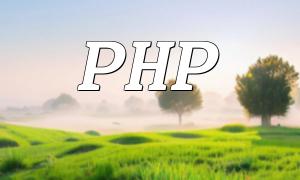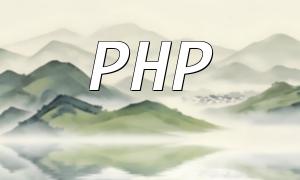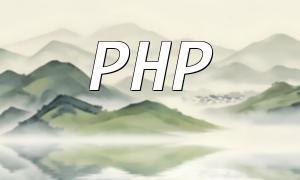In web design and development, adding filter effects to images can significantly enhance the aesthetics and user experience of a webpage. By using PHP’s GD library, we can easily adjust colors and apply effects to images. This article will demonstrate how to use PHP to add filter effects to images and provide related code examples to help you apply these techniques in your projects.
Before we begin, ensure that PHP is installed on your server and that you have an image ready for processing. You can use any image file, such as one from your computer or one downloaded from the web.
The GD library in PHP provides a powerful way to manipulate images, including adding filter effects, adjusting brightness, contrast, and more. Let’s dive into how you can use the GD library to apply filter effects to an image.
<?php
// Define the path to the image
$imagePath = "path_to_your_image.jpg";
// Create the image object
$image = imagecreatefromjpeg($imagePath);
// Get the width and height of the image
$width = imagesx($image);
$height = imagesy($image);
// Loop through each pixel
for ($x = 0; $x < $width; $x++) {
for ($y = 0; $y < $height; $y++) {
// Get the current pixel’s RGB values
$rgb = imagecolorat($image, $x, $y);
// Extract the red, green, and blue components
$red = ($rgb >> 16) & 0xFF;
$green = ($rgb >> 8) & 0xFF;
$blue = $rgb & 0xFF;
// Modify the color components for the desired filter effect
$newRgb = imagecolorallocate($image, $red, $green, $blue);
// Apply the new RGB values to the pixel
imagesetpixel($image, $x, $y, $newRgb);
}
}
// Output the processed image
header('Content-Type: image/jpeg');
imagejpeg($image);
// Release the image resources
imagedestroy($image);
?>
In the above code, we first create a new image object using the `imagecreatefromjpeg` function, then loop through each pixel to retrieve its RGB values. We modify the color components and reapply them to generate the filtered image.
Here’s an example of how to apply a black-and-white filter to an image:
<?php
// Define the image path
$imagePath = "path_to_your_image.jpg";
$image = imagecreatefromjpeg($imagePath);
// Get the image size
$width = imagesx($image);
$height = imagesy($image);
// Loop through the pixels and calculate the grayscale value
for ($x = 0; $x < $width; $x++) {
for ($y = 0; $y < $height; $y++) {
$rgb = imagecolorat($image, $x, $y);
$red = ($rgb >> 16) & 0xFF;
$green = ($rgb >> 8) & 0xFF;
$blue = $rgb & 0xFF;
// Calculate the grayscale value
$gray = intval(($red + $green + $blue) / 3);
$newRgb = imagecolorallocate($image, $gray, $gray, $gray);
// Apply the grayscale value
imagesetpixel($image, $x, $y, $newRgb);
}
}
// Output the black-and-white image
header('Content-Type: image/jpeg');
imagejpeg($image);
// Release resources
imagedestroy($image);
?>
This code example converts the RGB components of each pixel to a grayscale value, resulting in a black-and-white filter effect. You can adjust the grayscale calculation formula to achieve different visual effects.
In this article, we’ve shown how to use PHP and the GD library to add filter effects to images. Whether you’re adding basic color adjustments or more complex image effects, PHP provides powerful tools for image manipulation. We hope these code examples help improve your web design and development projects.









